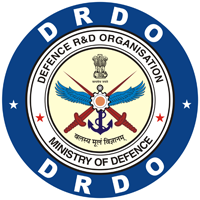Mercury Cadmium Telluride Photoconductive Long Wave Infrared Linear Array Detectors
DOI:
https://doi.org/10.14429/dsj.53.2277Keywords:
Photoconductor, infrared detector, LWIR, linear array, processing, passivation, overlap, design, blocking contacts, heterostructure, responsivity, noise, detectivityAbstract
Mercury cadmium telluride (Hg1-x, CdxTe) (MCT) photoconductive long wave infrared linear arrays are still in demand due to several advantages. The linear array technology is well established, easier, economical and is quite relevant to thermal imaging even today. The scan thermal imaging systems based on this technology offer wider field of view coverage and capacity for higher resolution in the scan direction relative to staring systems that use expensive and yet to mature focal plane array detector technology. A critical review on photoconductive n-Hg1-x CdxTe linear array detector technology for the long wave infrared range has been presented. The emphasis lies on detector design and processing technology. The critical issues of diffusion and drift effects, Hi-Lo and heterostructure blocking contacts, surface passivation, and other related aspects have been considered from the detector design angle. The device processing technology aspects are of vital importanceDownloads
Published
2003-07-01
How to Cite
Singh, R., & Mittal, V. (2003). Mercury Cadmium Telluride Photoconductive Long Wave Infrared Linear Array Detectors. Defence Science Journal, 53(3), 281–324. https://doi.org/10.14429/dsj.53.2277
Issue
Section
Electronics & Communication Systems
License
 Where otherwise noted, the Articles on this site are licensed under Creative Commons License: CC Attribution-Noncommercial-No Derivative Works 2.5 India
Where otherwise noted, the Articles on this site are licensed under Creative Commons License: CC Attribution-Noncommercial-No Derivative Works 2.5 India

